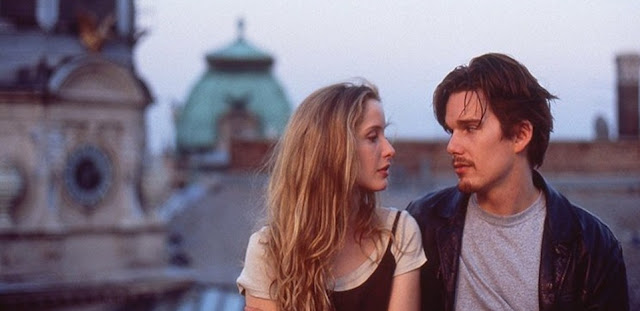Hampi - A Photo Essay
The ruins of the Vijayanagara kingdom capital are just magnificent in their architecture, the tales they depict, and the culture and era they represent. Hampi had been forever in our wishlist, the archeological ruins raise so much curiosity and intrigue to know history. They make history tangible, not just some chapter in a textbook anymore. We had a guide who explained us the engravings in the stone structures of The Vitthala Temple and Virupaksha Temple- tales of foreign trade, luxury, prosperity, spice markets, the river Tungabhadra, Ramayana, and wars.
There are some 200+ monuments in and around Hampi. Visiting all would have been almost impossible in the span of two days that we had planned our stay. But we did visit the major ones. The Royal Enclosure with only remaining foundations of the main palace, the floors of the King's durbar hall, a temple floor with a secret chamber underground, the step well with stone pipes bringing water from the River Tungabhadra; Zenana with the Lotus Mahal - The Queen's Summer Palace, Elephant's Stables, the Archeological Museum of stone sculptures found while digging the earth in this place for years. Monolithic statues of Narashimha and Ganesha and Hazara Rama Temple, were some of the monuments we managed to visit and explore.








Comments
Post a Comment